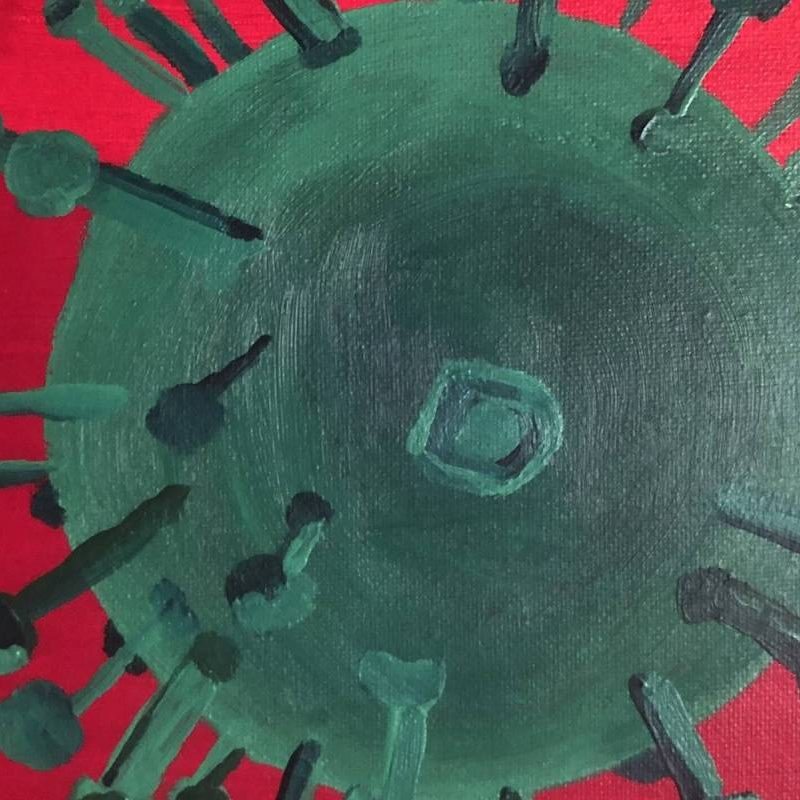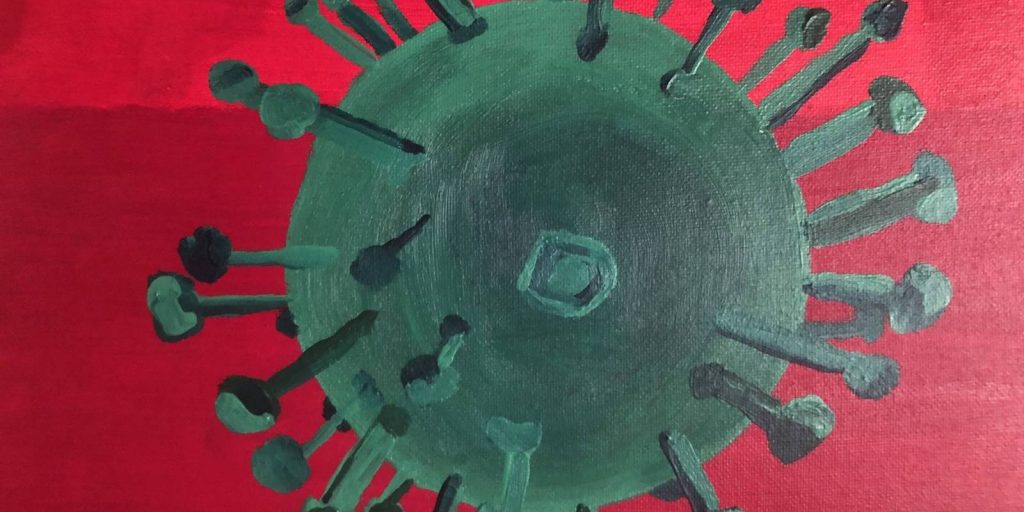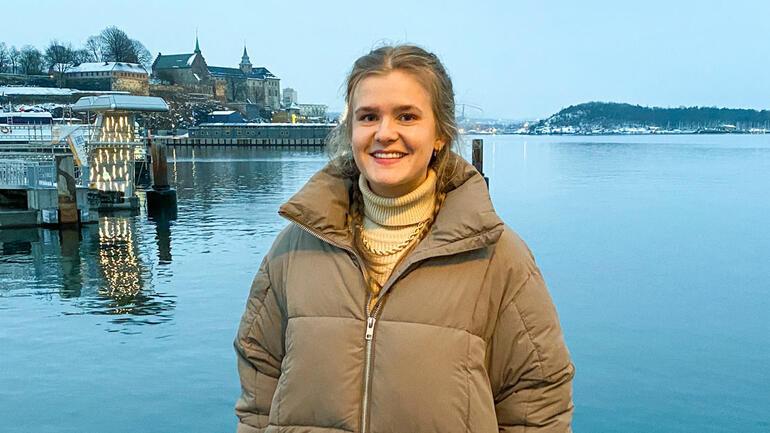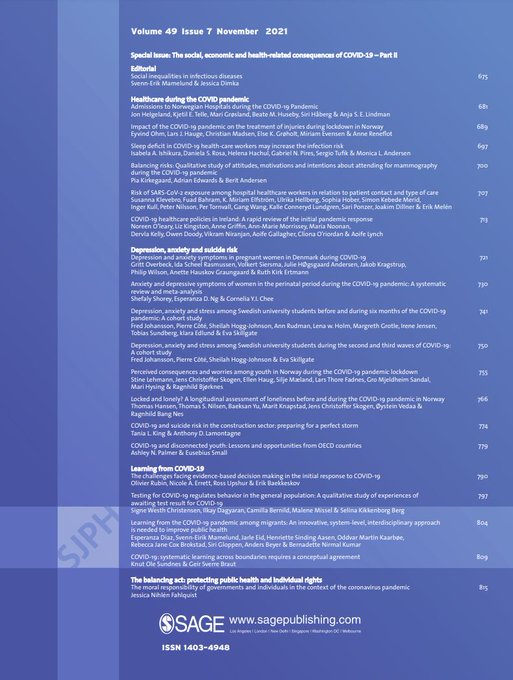New paper out: “Influenza risk groups in Norway by education and employment status”
The new paper is published in Scandinavian Journal of Public Health, see here: https://journals.sagepub.com/doi/full/10.1177/14034948211060635
Abstract
Aims:
This study aimed to estimate the size of the risk group for severe influenza and to describe the social patterning of the influenza risk group in Norway, defined as everyone ⩾65 years of age and individuals of any age with certain chronic conditions (medical risk group).
Methods:
Study data came from a nationally representative survey among 10,923 individuals aged 16–79 years. The medical risk group was defined as individuals reporting one or more relevant chronic conditions. The associations between educational attainment, employment status, age and risk of belonging to the medical risk group were studied with logistic regression.
Results:
Nearly a fifth (19.0%) of respondents reported at least one chronic condition, while 29.4% belonged to the influenza risk group due to either age or chronic conditions. Being older, having a low educational level (comparing compulsory education to higher education, odds ratio (OR)=1.4, 95% confidence interval (CI) 1.2–1.8 among women, and OR=1.3, 95% CI 1.1–1.7 among men) and a weaker connection to working life (comparing disability pension to working full-time, OR=6.8, 95% CI 5.3–8.7 among women, and OR=6.5, 95% CI 4.9–8.5 among men) was associated with a higher risk of belonging to the medical risk group for severe influenza.
Conclusions:
This study indicates that the prevalence of medical risk factors for severe influenza is disproportionally distributed across the socio-economic spectrum in Norway. These results should influence both public funding decisions regarding influenza vaccination and communication strategies towards the public and health professionals.







